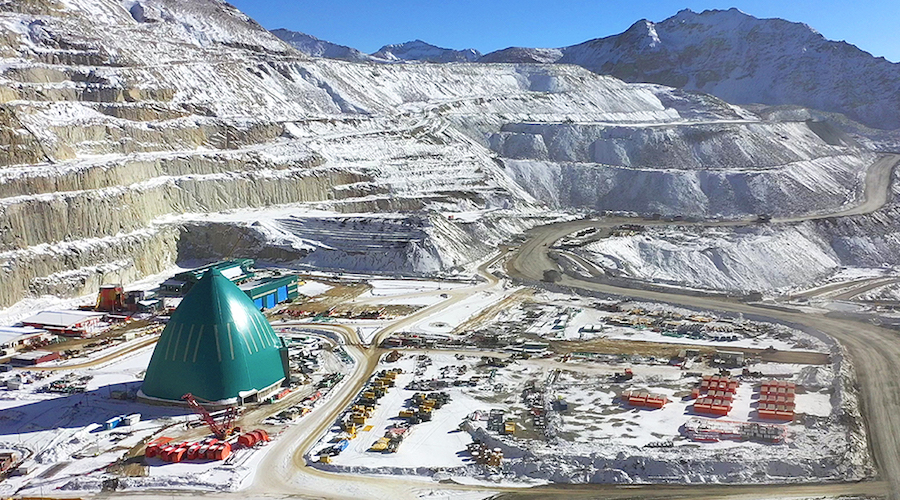JV article: Huawei committed to help Latin America achieve digital, sustainable growth


Global provider of information and communications technologies, Huawei, is stepping up efforts to help customers in Latin America and the Caribbean continue to undergo digital transformations with the aim of reaching sustainable development and greater connectivity in the region.
The Chinese company, present in the market since 1998, has seen its digital power and cloud businesses grow steadily in the Americas, with a rapid adoption of the newest generation of information and communication technologies.
In some nations, such as Brazil, Huawei has been able to introduce 5G and 5.5G thanks to the government’s release of regulations in 2021.

Daniel Zhou, president of Huawei for Latin America and the Caribbean, said Brazil is an important market, not only because it’s the region’s largest for the company in terms of revenues, but also because of its leading role in terms of technology adoption.
According to the executive, digitalization is now accelerating and reaching other corners of Latin America, with several companies mulling the adoption of fifth generation networks where and when available.
Huawei's priorities in this market are to provide technology-leading, secure and reliable information and communications technology (ICT) infrastructure, promote inclusive connectivity and allow people to profit from high-quality network services, Zhou said.
“We look forward to working with local partners to further drive the digital transformation process in Latin America through continuous technological innovation and make a greater contribution to the development of local digital economies,” Zhou said.
The senior executive emphasized that in the digital economy era, the formation of digital talent is particularly critical. For this reason, Huawei continues to work on promoting educational and training programs in the region. To date, the company has partnered with more than 20 ministries and 400 universities to provide ICT skills training to more than 2,400 people.
Huawei has steadily gained ground in Latin America over the past year thanks to its strategy to help building ICT infrastructure and promote broader connectivity. In Chile, for instance, it cooperated with local carriers to deploy the world's southernmost 5G base station.
In the same country, Huawei has installed energy storage systems and solar power inverters to support mining operations at peak times.
State-owned Codelco, the world’s largest copper miner, has also adopted Huawei solutions with the goal of turning around under-performing mines and projects that have crimped both production and profit. The company is looking to streamline structures and prioritize productive areas at a time when copper output is at the lowest level in a quarter of a century.

In the field of digital transformation, Huawei has reached beyond mining, promoting smart agriculture projects in Brazil and Jamaica and establishing ties with more than 7,400 partners.
Huawei has also cooperated with governments and non-governmental organizations in Mexico, Chile, Colombia and Ecuador through its TECH4ALL project. This initiative seeks to protect the environment and local biodiversity through the use of information and communications technologies.
Huawei sees Latin America as a region of increasing importance. Its cloud business now boasts more than 1,400 partners in the area, with about 800 of them being mining companies.
The preceding Joint Venture Article is PROMOTED CONTENT sponsored by Huawei and produced in co-operation with MINING.com. For more information visit huawei.com.
Comments